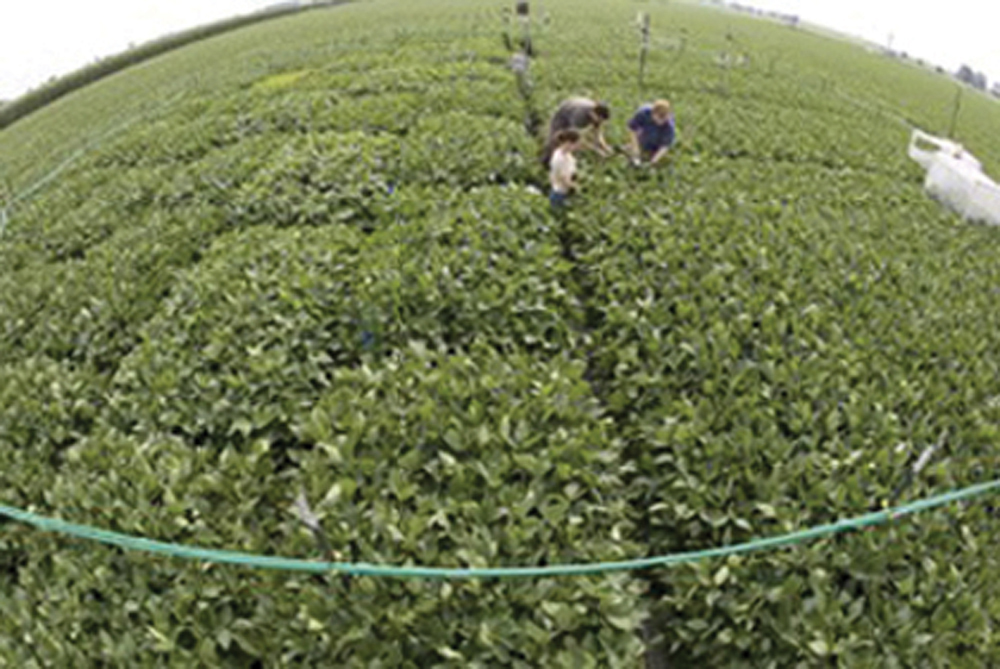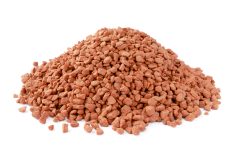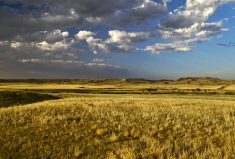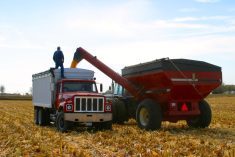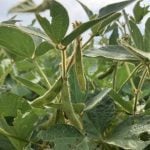An eight-year study suggests talk of higher yields under a global warming scenario may be overly optimistic.
University of Illinois researchers grew soybeans in a carbon dioxide-rich atmosphere and they say their findings are worrisome. Under ideal growing conditions higher CO2 will boost plant growth, but an article in the journal Nature Plants suggests drought, which is also expected to increase, will more than offset those gains.
Lead researcher Andrew Leakey is warning yield losses could come much earlier than anticipated, even though initially they saw yield gains under good moisture conditions.
Read Also

PHOTOS: Fall a hidden treasure to visit Manitoba parks and beaches
Get the best of fall in Manitoba: Many parks are worth a trip in the off season; from quiet beaches to explosions of fall leaf colour on the hiking trails
“But when the growing seasons were hot and dry, that pattern broke down,” Leakey said.
Leakey and his colleagues relied on an unusual technology that enables them to simulate future climate conditions in actual farm fields. The Soybean Free Air Concentration Enrichment (SoyFACE) facility uses high-tech sensors to determine wind speed and direction, and a computer to regulate the release of gases to expose the crop plants to a given set of climate conditions.
Under hot and dry conditions at elevated CO2, the plants in the experiments used more, not less, water than those grown under current atmospheric conditions, the researchers found.
“What we think is happening is that early in the growing season, when the plant has enough water, it’s able to photosynthesize more as a result of the higher CO2 levels. It’s got more sugars to play with, it grows more, it creates all this extra leaf area,” Leakey said. “But when it gets dry, the plant has overextended itself, so later in the season it’s now using more water.”





